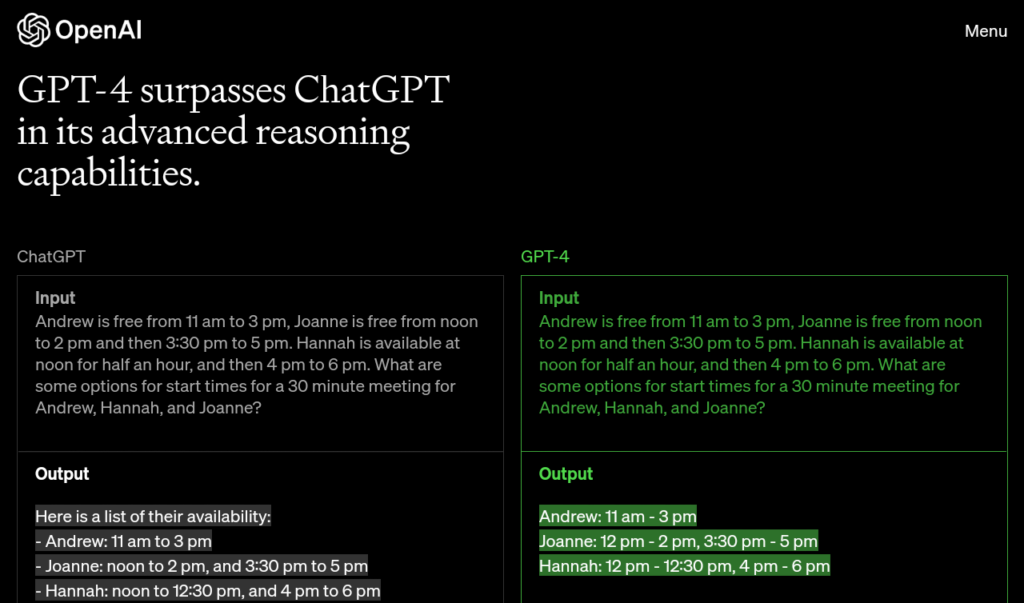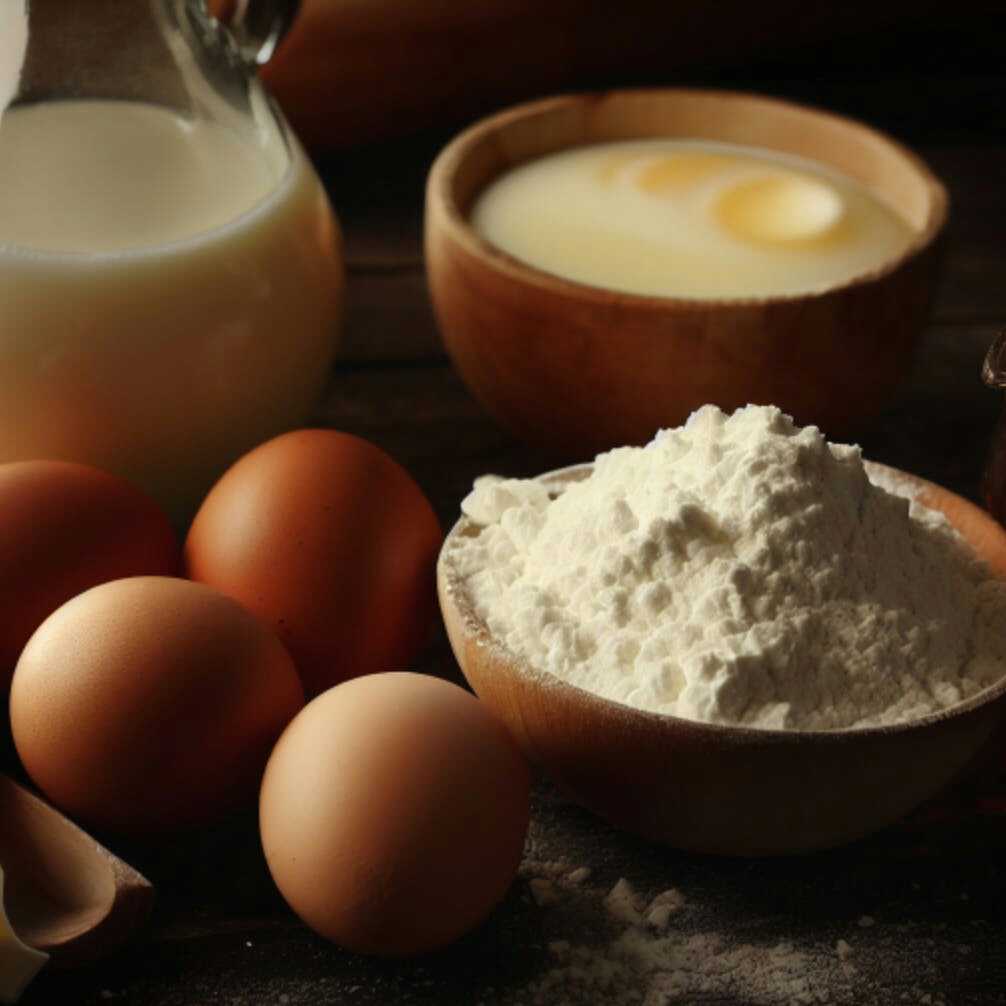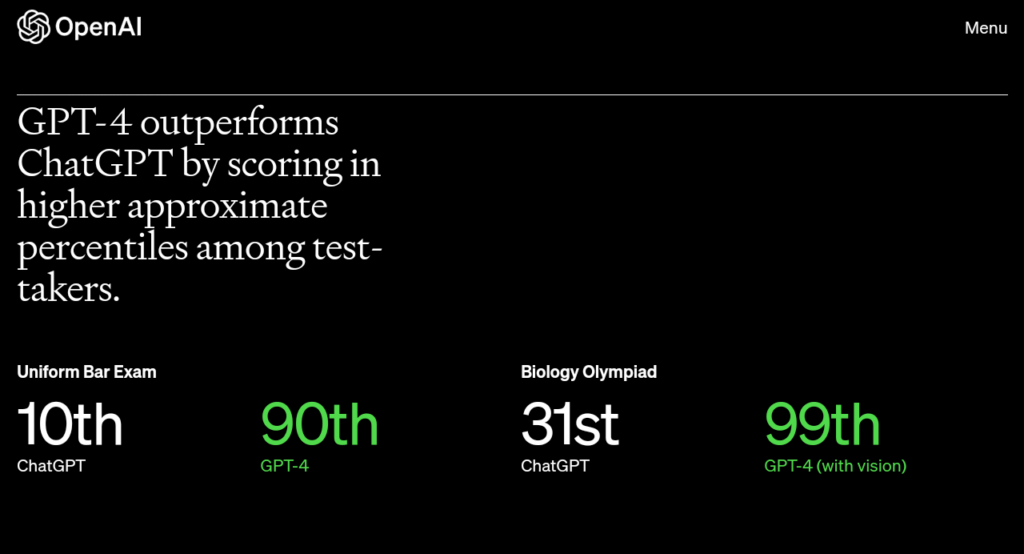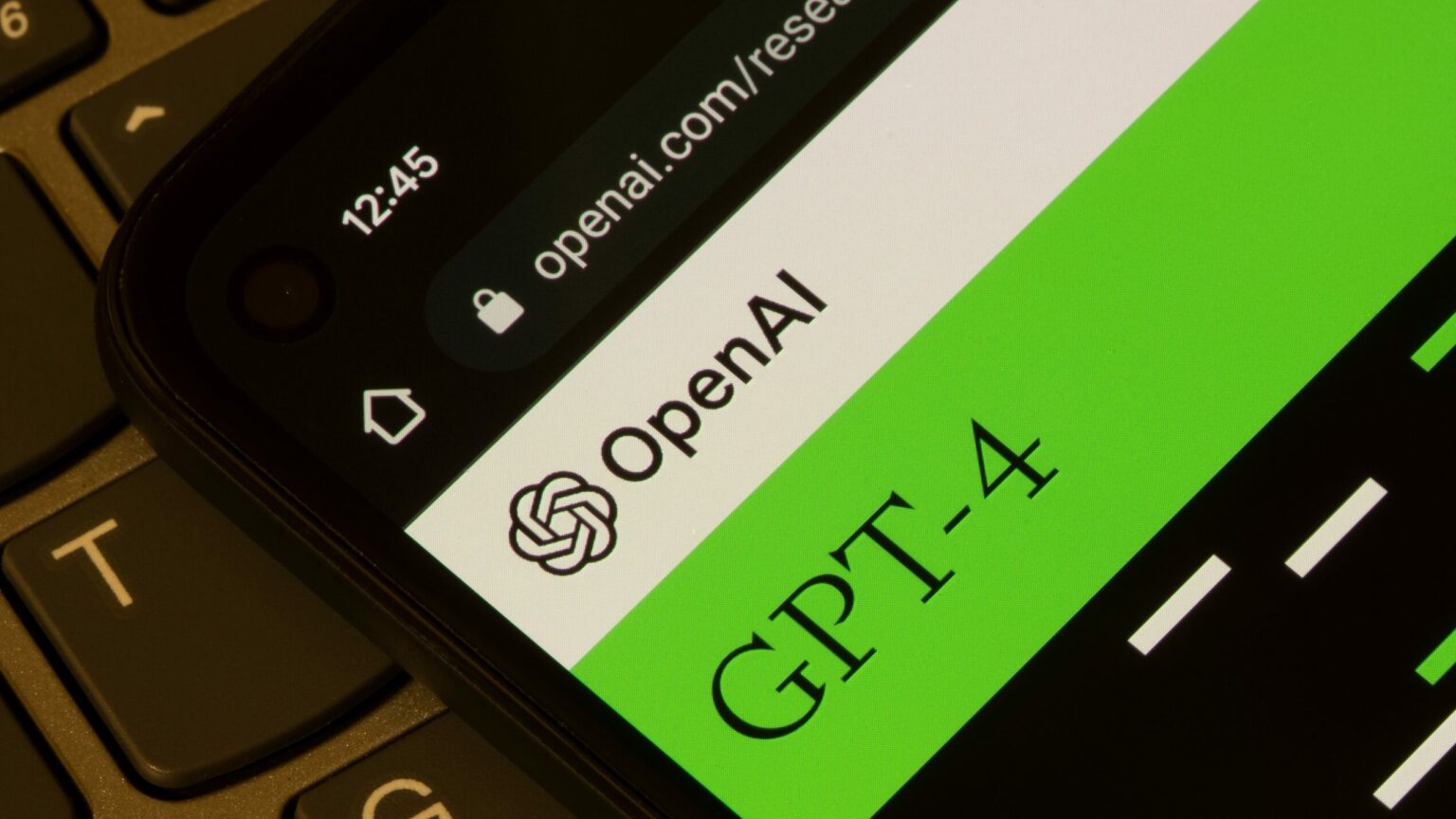In November, American startup OpenAI unveiled its AI chatbot ChatGPT, based on the large language model GPT-3 and GPT-3.5. It became an instant hit thanks to its rare ability to complete complex tasks such as writing code. The bot even passed the MBA exam at Wharton, and several businesses soon integrated the tool. OpenAI has now released an upgraded version of the language model called GPT-4. Here’s what we know about the new model.
Generative Pre-trained Transformer, or simply GPT, is a language model that relies on deep learning to generate human-like responses to given user prompts. As MetaNews reported, Microsoft Germany CTO Andreas Braun first teased the idea of an improved version of the GPT technology at a recent conference in Europe. And now it’s here.
What is GPT-4?
GPT-4 is the latest and most advanced version of OpenAI’s large language models, which underpin ChatGPT and several other applications. As the name suggests, it is the fourth in a series of GPT models. OpenAI released the model on March 14.
The GPT-4 technical report did not specify the model size, citing “the competitive landscape and the safety implications of large-scale models.” In January, however, The Verge reported that GPT-4 would significantly increase the parameter count to 100 trillion. OpenAI CEO Sam Altman described the reports as “complete bullshit.”
Generative AI requires a huge amount of data for training. In the case of GPT, the number of training parameters used in the development of the language model rose from around 120 million in 2018 to almost 180 billion in 2020, per a new report from data firm TrendForce.

According to OpenAI, GPT-4 uses a multimodal system to process various types of input, including video, audio, images, and text. It is capable of producing video from text, but that remains a work in progress. GPT-4 is able to perform multiple tasks at the same time.
The bot was trained using feedback from actual humans, making it sound more like us and demonstrably more advanced than the models that came before it. By comparison, GPT-3.5 processes plain text input and produces natural language text and code output.
How does new model compare with ChatGPT-3.5?
In a blog post, OpenAI explained that “GPT-4 is more reliable, creative, and able to handle much more nuanced instructions than GPT-3.5.” It can read, edit, analyze, or generate up to 25,000 words of text, a major improvement over past versions of the same technology.
The company claimed GPT-4 “can solve difficult problems with greater accuracy, thanks to its broader general knowledge and problem solving abilities.” GPT-4 can iterate with users on creative and technical writing tasks, like composing songs or learning a user’s style.
GPT-4 can also take images as inputs and generate captions, classifications and analyses. For example, a user posted a picture with eggs, milk, butter and flour and asked, “What can I make with these ingredients?”

The chatbot replied with a list of options including pancakes or waffles, crepes, French toast, omelette or frittata, quiche, custard or pudding, cake or cupcakes, muffins or bread, and cookies or biscuits. “These are just a few examples, but the possibilities are endless!” it said.
GPT-4 ‘far more advanced’
Jim Fan, an AI scientist from Stanford University, wrote on Twitter that GPT-4’s “reasoning capabilities are far more advanced” compared to GPT-3.5. He said the model was now able to analyze and caption images, as well as summarize complex texts.
GPT-4 passed a bar exam with flying colours and is several times superior to ChatGPT on the same task. It is more accurate and boasts a rank of 99 percentile “with vision on Biology Olympiad,” compared to its predecessors, specifically ChatGPT.

The scientist also said last week that GPT-4 might be capable of doing a lot more tasks than those shared by Microsoft, including performing a “visual IQ test: yes, the ones that humans take!” He predicted the multimodal language model would be an “unstoppable force.”
Flawed GPT-4 enhances user ‘safety’
Sam Altman said on Twitter that GPT-4 “is our most capable and aligned model yet.” But the OpenAI CEO cautioned that even though GPT-4 “seems more impressive on first use than it does after you spend more time with it,” the model “is still flawed, still limited.”
The limits of GPT-4 include social biases, hallucinations, and adversarial prompts. Altman said the company is working to address all these issues.
here is GPT-4, our most capable and aligned model yet. it is available today in our API (with a waitlist) and in ChatGPT+.https://t.co/2ZFC36xqAJ
it is still flawed, still limited, and it still seems more impressive on first use than it does after you spend more time with it.
— Sam Altman (@sama) March 14, 2023
OpenAI said it “spent six months making GPT-4 safer and more aligned.” The new model is 82% less likely to respond to requests for disallowed content and 40% more likely to produce factual responses than GPT-3.5, said the company. This makes GPT-4 a more useful tool compared to other AI bots in the market.
“We incorporated more human feedback, including feedback submitted by ChatGPT users, to improve GPT-4’s behavior.
“We’ve applied lessons from real-world use of our previous models into GPT-4’s safety research and monitoring system,” it added.
U.S. Representatives Don Beyer and Ted Lieu confirmed to the New York Times that Altman visited Congress earlier this year to demonstrate GPT-4 and its improved “security controls” compared to other AI models.
Where can you use it?
Jim Fan, the Stanford scientist, was hesitant on whether the tech had been opened to the public yet. But the OpenAI website says GPT-4 will be made available for developers via API. It is already accessible to the public via ChatGPT Plus, a $20/month subscription service from OpenAI.
API users have to join a waiting list. An application programming interface (API) is a type of software interface that allows two or more computer programs to communicate with each other, according to the know-it-all online dictionary Wikipedia.
Also read: ChatGPT is Being Used to Make ‘Quality Scams’
GPT-4 has also been integrated into products by several entities, including Morgan Stanley, Stripe, Duolingo, the Government of Iceland, and Khan Academy.
Microsoft’s Andreas Braun did not say when the new features of GPT-4 will be added to the company’s AI-powered Bing Chat when he revealed the news in Germany. But other officials told TechCrunch that versions of Bing using GPT had in fact been using GPT-4 before its official release.









 and then
and then